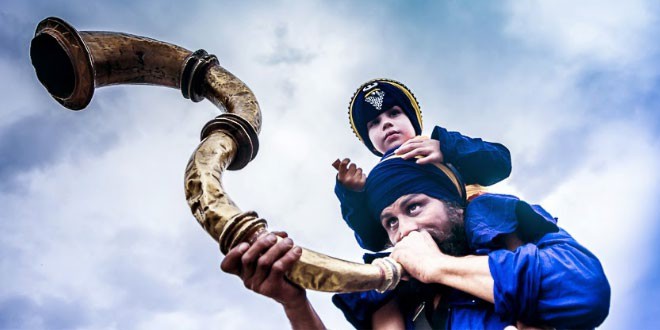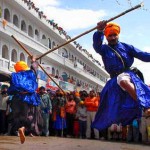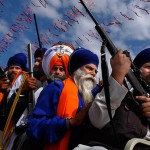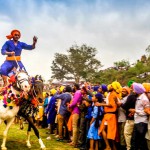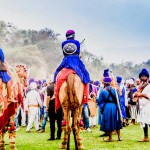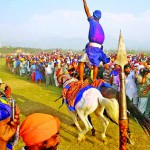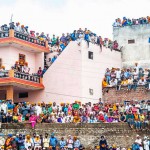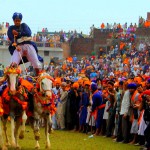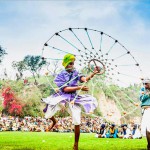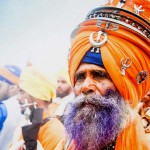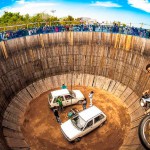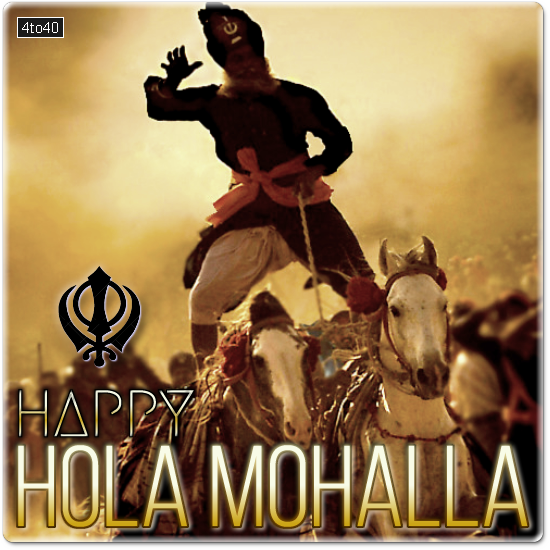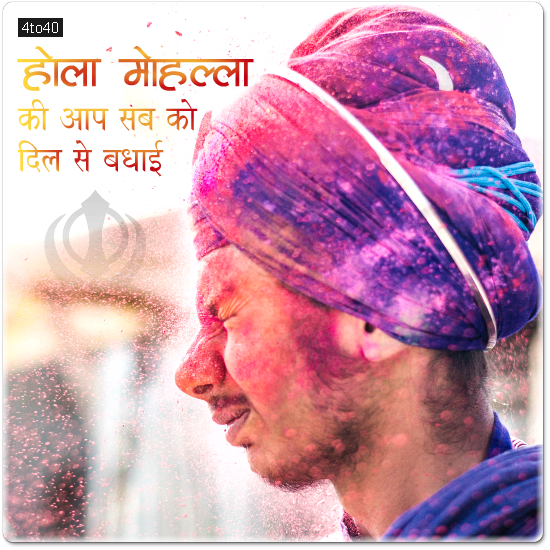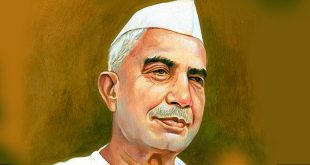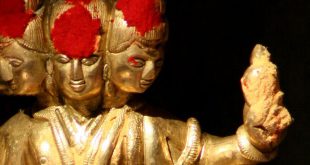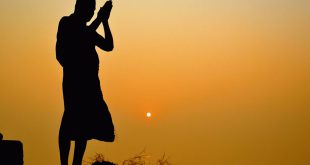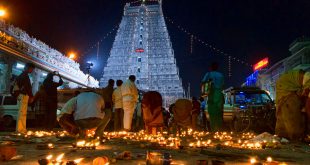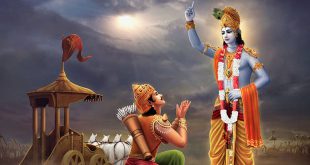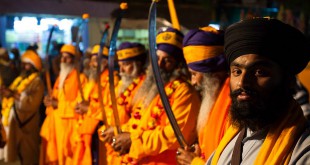Hola Mahalla (also Hola Mohalla or simply Hola) is a Sikh festival which begins on the first day of the lunar month of Chet in the Nanakshahi calendar (calendar is a solar calendar that was adopted by the Shiromani Gurdwara Prabhandak Committee to determine the dates for important Sikh events. The calendar is accepted in about 90% of the gurudwaras throughout the world.). It most often falls in March, and sometimes coincides with the Sikh New Year.
The festival lasts for a week, and consists of camping out and enjoying various displays of fighting prowess and bravery, followed by kirtan, music, and poetry. For meals, visitors sit on the ground in neat rows called pangats and eat vegetarian Langars (voluntary community kitchens) organized by the local people as a part of sewa (community service). Raw materials like wheat flour, rice, vegetables, milk and sugar are provided by the villagers living nearby. Women volunteer to cook and others take part in cleaning utensils and other manual tasks that need to be carried out. Traditional cuisine is served to the pilgrims who eat while sitting in rows on the ground (pangat). The festival concludes with a long, military-style procession near Takht Sri Keshgarh Sahib, one of the five most sacred places in Sikhism.
The popularity of this festival may be judged from the fact that out of five Sikh public holidays requested by the Khalsa Diwan, Lahore in 1889, the Government approved only two – Holla Mahalla and the birth anniversary of Guru Nanak. Hola Mahalla is presently the biggest festival at Anandpur.
“Hola is derived from the word halla (a military charge) and the term mohalla stands for an organized procession or an army column. The words ‘Hola Mohalla’ would thus stand for ‘the charge of an army’. Hola is a masculine term, meant to be distinguished from the more feminine Holi; the Hindu spring festival of Holi takes place the day before Hola Mahalla. But unlike Holi, when people playfully sprinkle color, dry or mixed in water, on each other, the Guru made Hola Mohalla an occasion for the Sikhs to demonstrate their martial skills in simulated battles.
The event was originated by Guru Gobind Singh, the tenth Sikh Guru. The Guru was in the midst of fighting both Aurangzeb of the Mughal Empire and the Hill Rajputs, and had recently established the Khalsa Panth fighting force. On February 22, 1701, Guru Gobind Singh started a new tradition by overseeing a day of mock battles and poetry contests at Lohagarh Fort. The tradition has since spread from the town of Anandpur Sahib to nearby Kiratpur Sahib and the foothills of the Shivaliks, and to other Gurdwaras around the world.
On this grand festival, mock battles, exhibitions, display of weapons, etc., are held followed by kirtan, music and poetry competitions. The participants perform daring feats, such as Gatka (mock encounters with real weapons), tent pegging, bareback horse-riding, standing erect on two speeding horses and various other feats of bravery. There are also a number of Darbars where the Sri Guru Granth Sahib is present and kirtan and religious lectures take place. On the last day a long procession, led by Panj Pyaras, starts from Takhat Keshgarh Sahib, one of the five Sikh religious seats, and passes through various important Gurdwaras like Qila Anandgarh, Lohgarh Sahib, Mata Jitoji and terminates at the Takhat (Keshgarh).
Originally known as Akalis, the Nihngas or Nihang Singhs are endearingly designated as Guru’s Knights or the Guru’s beloved. They still carry the military ambience and heroic style that was cultivated during the lifetime of Guru Gobind Singh. Nihangs constitute a distinctive order among the Sikhs and are readily recognized by their dark blue loose apparel and their ample, peaked turbans festooned with quoits, insignia of the Khalsa and rosaries, all made of steel. They are always armed, and are usually seen mounted heavily laden with weapons such as swords, daggers, spears, rifles, shotguns, and pistols.
The word Nihang can be traced back to Persian nihang (alligator, sword) or to Sanskrit nishanka (fearless, carefree). In the former sense, it seems to refer to the reckless courage members of this order displayed in battle. The Nihangs are today divided into several groups, each with its own Chaoni (cantonment), but they are loosely organized into two Dals (forces) – Buddha Dal and the Taruna Dal. These names were initially given to the two sections into which the Khalsa army was divided in 1733. Buddha Dal has its Chaoni at Talvandi Sabo in Bhatinda District, while the main Chaoni of the Taruna Dal Nihangs is at Baba Bakala in Amritsar District of Punjab (India).
The Nihangs assemble in thousands at Anandpur Sahib in March every year to celebrate Hola Mahalla. On this occasion they hold tournaments of military skills, including mock battles. The most spectacular event at the Hola Mahalla is the magnificent procession of Nihangs on horses and elephants and on foot carrying a variety of traditional and modern weapons and demonstrating their skill in using them. The Hola Mahalla festival is unique and distinguishable from other festivals in that the Nihang have tried to preserve the traditional form and content as established during its inception, and strictly observed by the Akalis for more than three centuries.
 Kids Portal For Parents India Kids Network
Kids Portal For Parents India Kids Network
